When it comes to keeping machinery together, Loctite retaining compound are a popular choice for their reliability and strength. However, using them properly is key to ensuring a durable bond. In this guide, we'll cover the basics of using Loctite retaining compounds and provide tips for optimal results.
Understand the Purpose of Retaining Compound
Retaining compounds are designed to fill the gaps between cylindrical parts, creating a strong and durable bond. They work by filling the microscopic spaces between the parts, creating a tight fit that prevents movement and loosening over time. This is particularly important in high-stress applications where vibration, shock, or thermal expansion and contraction can cause parts to come loose. By using a retaining compound, you can ensure that your machinery stays together and operates smoothly.
Choose the Right Loctite Retaining Compound for Your Application
Choosing the right Loctite retaining compound for your application is crucial to ensuring a strong and durable bond. Consider factors such as the size and type of parts being bonded, the level of stress and vibration the bond will be subjected to, and the temperature range of the application. Loctite offers a range of retaining compounds with varying strengths and curing times to suit different applications. Consult the Loctite product guide or speak to a technical expert to determine the best product for your needs.
Clean and Prepare the Surfaces to be Bonded
Before applying Loctite retaining compounds, it is important to ensure that the surfaces to be bonded are clean and free of any contaminants such as oil, grease, or dirt. Use a suitable solvent or cleaner to remove any residue and allow the surfaces to dry completely before applying the retaining compound. Roughening the surfaces with sandpaper or a wire brush can also improve the bond strength by increasing the surface area for the compound to adhere to. Always follow the manufacturer's instructions for surface preparation and application to ensure the best results.
Apply the Retaining Compound Correctly
To ensure a strong and durable bond with Loctite retaining compounds, it is important to apply them correctly. First, shake the bottle well to ensure the compound is thoroughly mixed. Then, apply a small amount of the compound to one of the surfaces to be bonded. Use enough to cover the surface evenly, but not so much that it drips or runs. Press the two surfaces together firmly and hold them in place for the recommended curing time. This will allow the compound to fully cure and create a strong, permanent bond.
Allow Sufficient Time for the Bond to Cure
One of the most important steps in ensuring a strong and durable bond with Loctite retaining compounds is allowing sufficient time for the bond to cure. The curing time will vary depending on the specific product being used, as well as the temperature and humidity of the environment. It is important to follow the manufacturer's instructions for curing time to ensure the bond reaches its full strength. Rushing the curing process can result in a weaker bond that may fail over time.

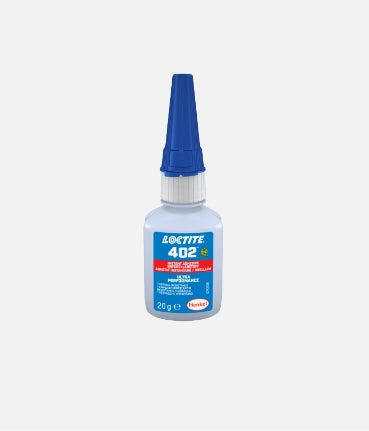
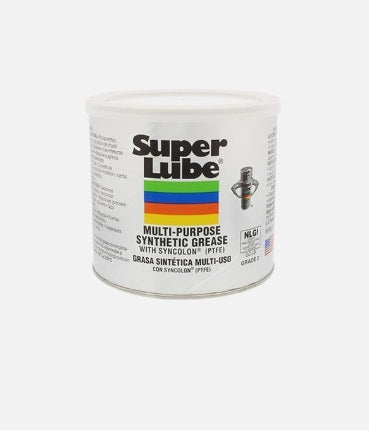


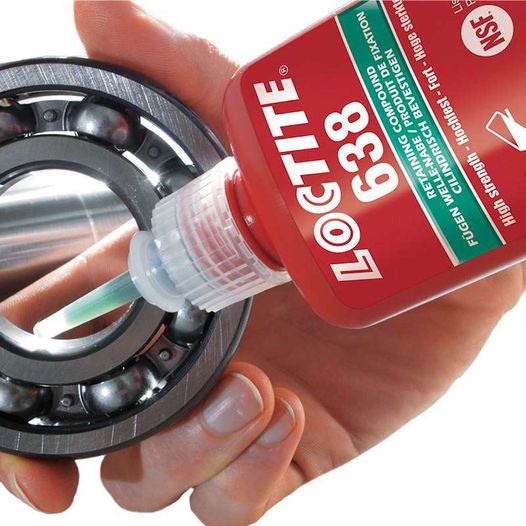
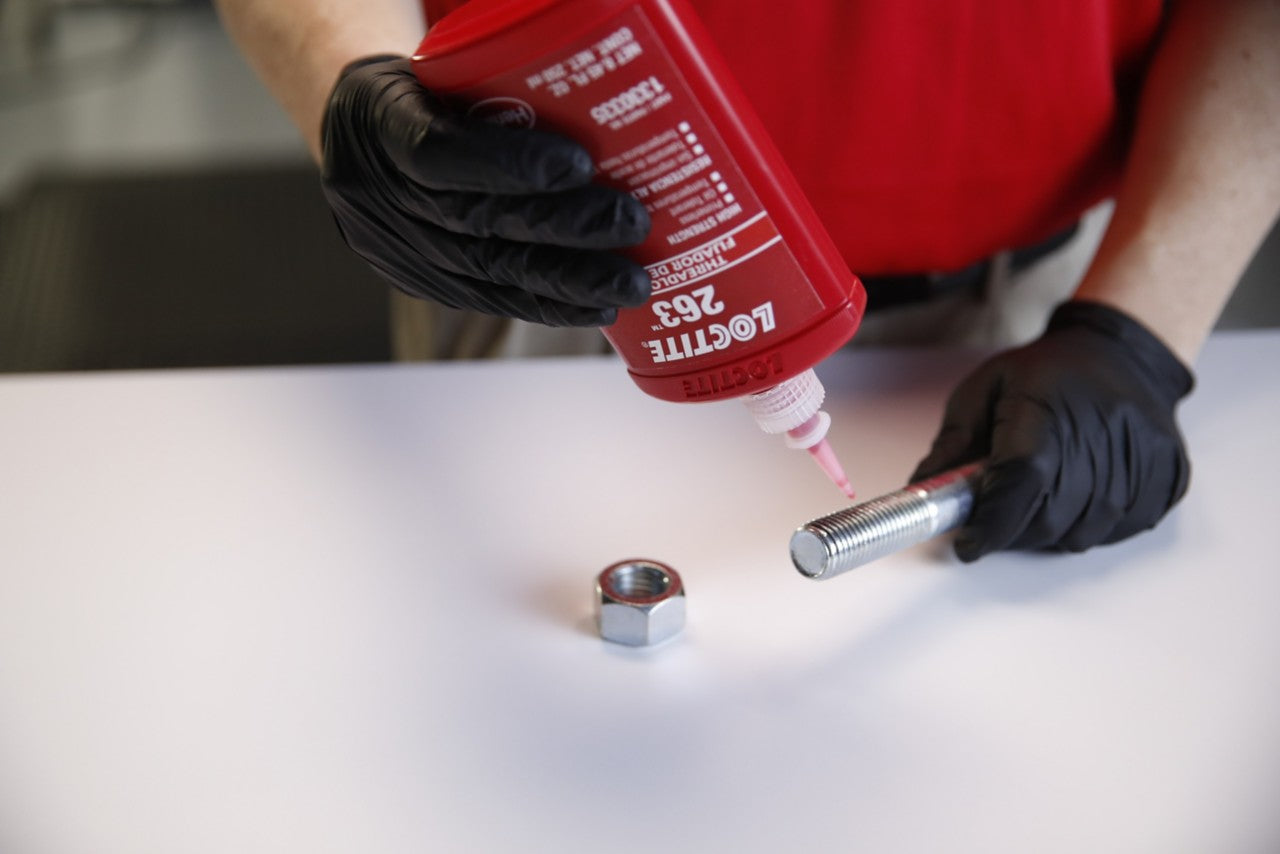
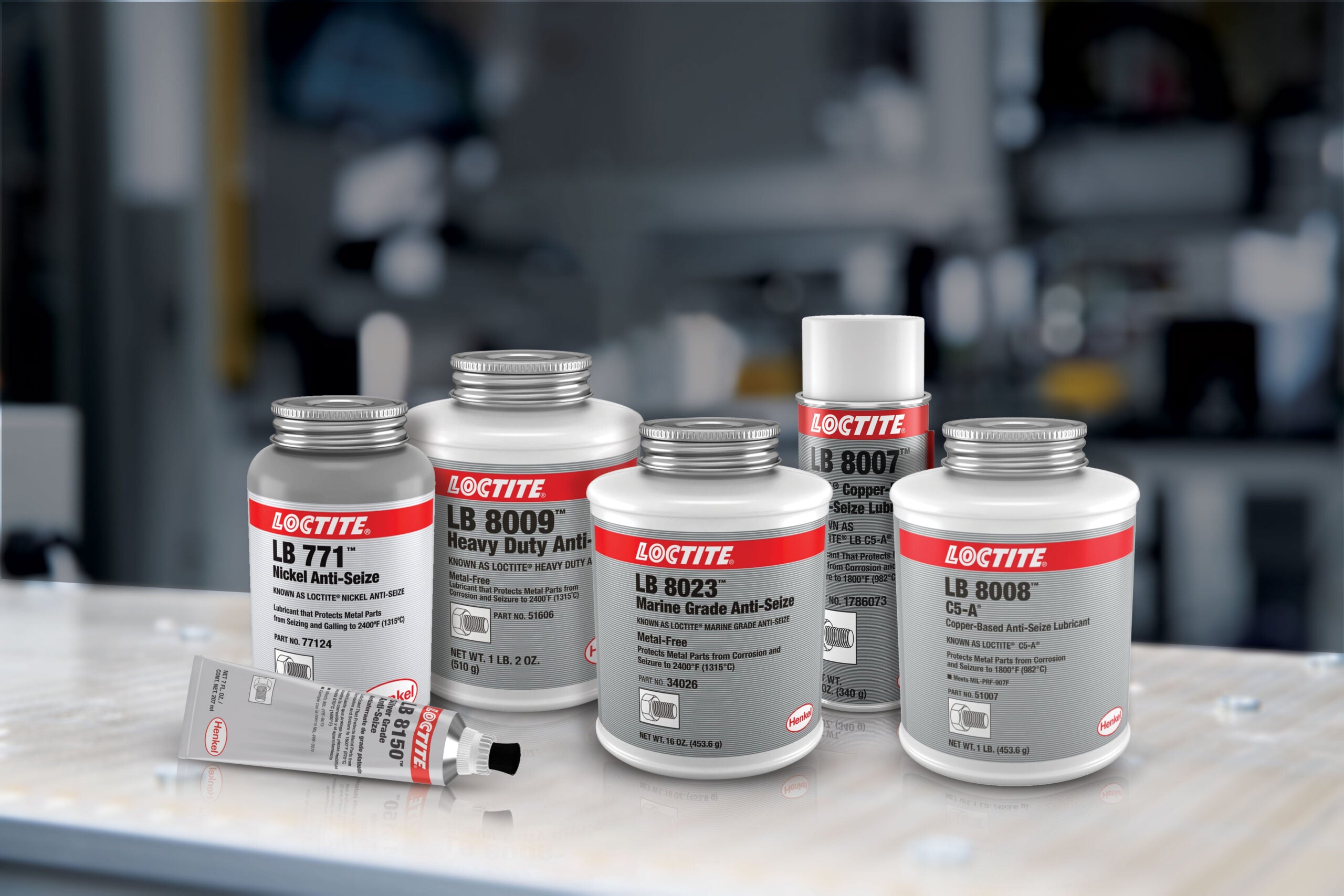
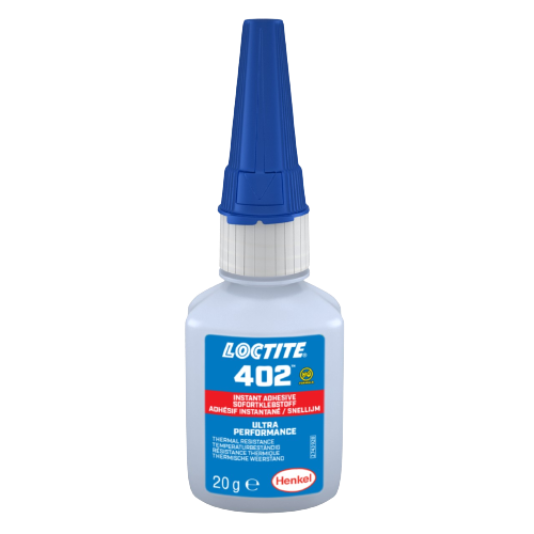
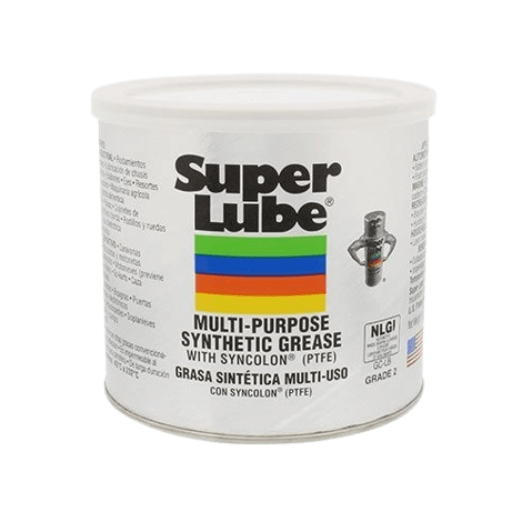


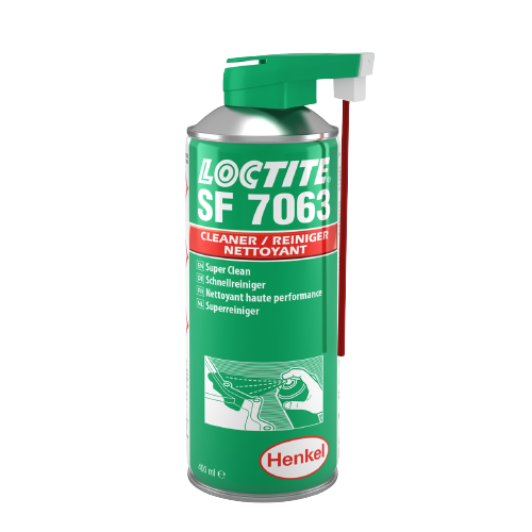
Leave a comment
All comments are moderated before being published.
This site is protected by reCAPTCHA and the Google Privacy Policy and Terms of Service apply.